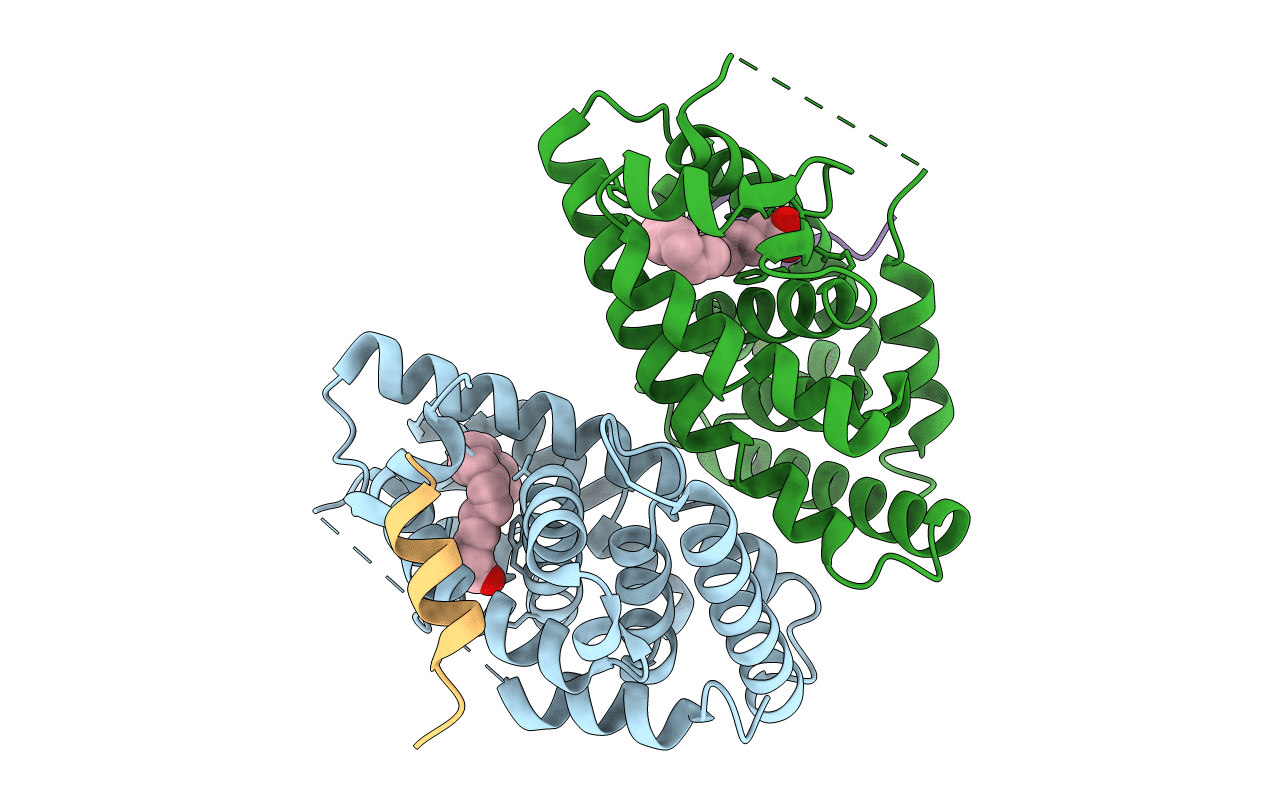
Deposition Date
2020-08-27
Release Date
2020-10-21
Last Version Date
2024-01-31
Entry Detail
PDB ID:
7A79
Keywords:
Title:
Crystal structure of RXR gamma LBD in complexes with palmitic acid and GRIP-1 peptide
Biological Source:
Source Organism:
Homo sapiens (Taxon ID: 9606)
Host Organism:
Method Details:
Experimental Method:
Resolution:
2.05 Å
R-Value Free:
0.24
R-Value Work:
0.19
R-Value Observed:
0.19
Space Group:
P 21 21 21


